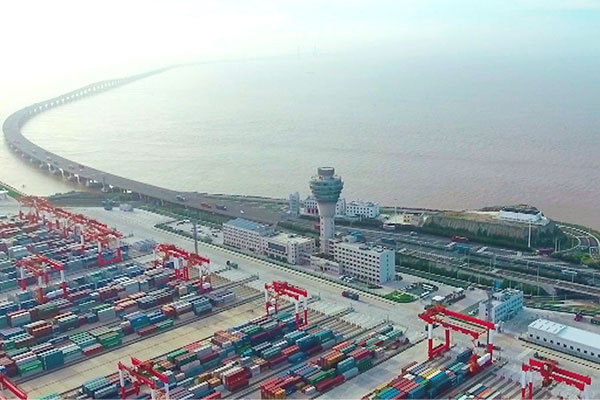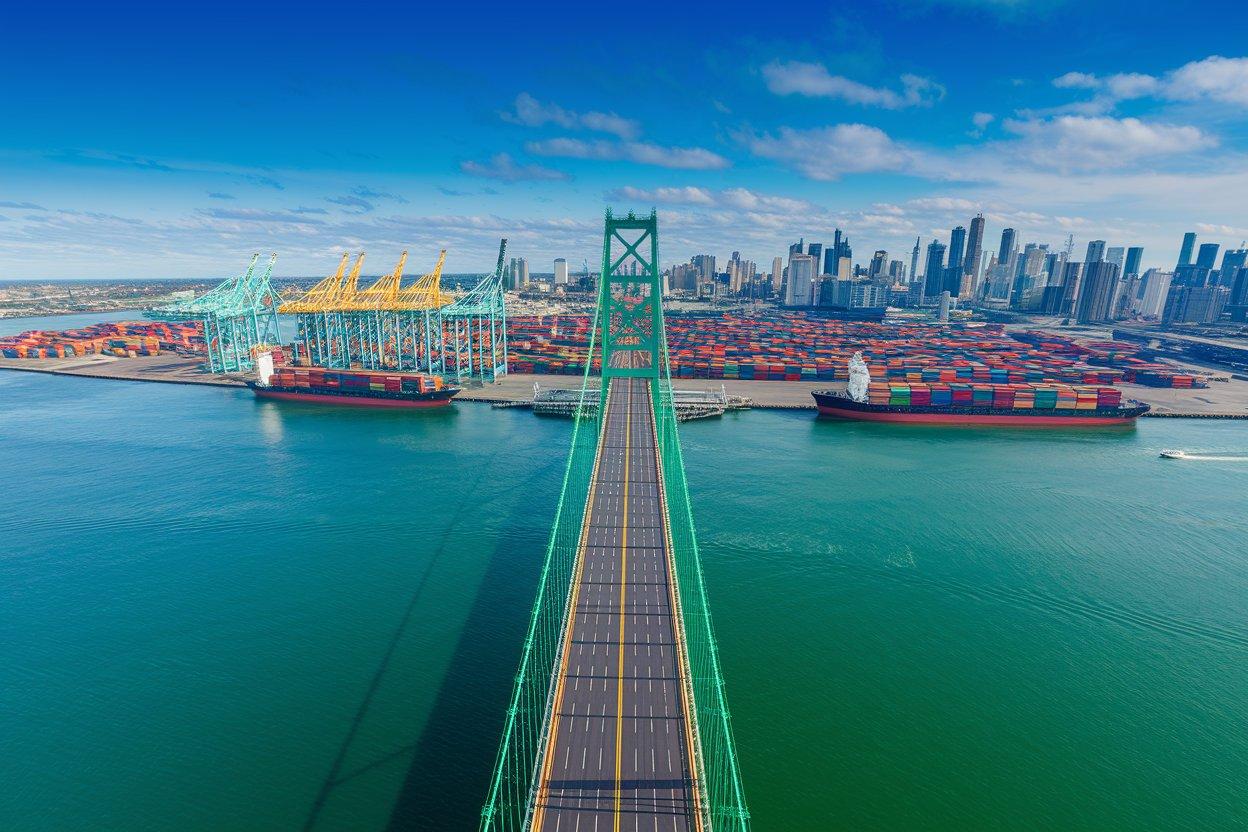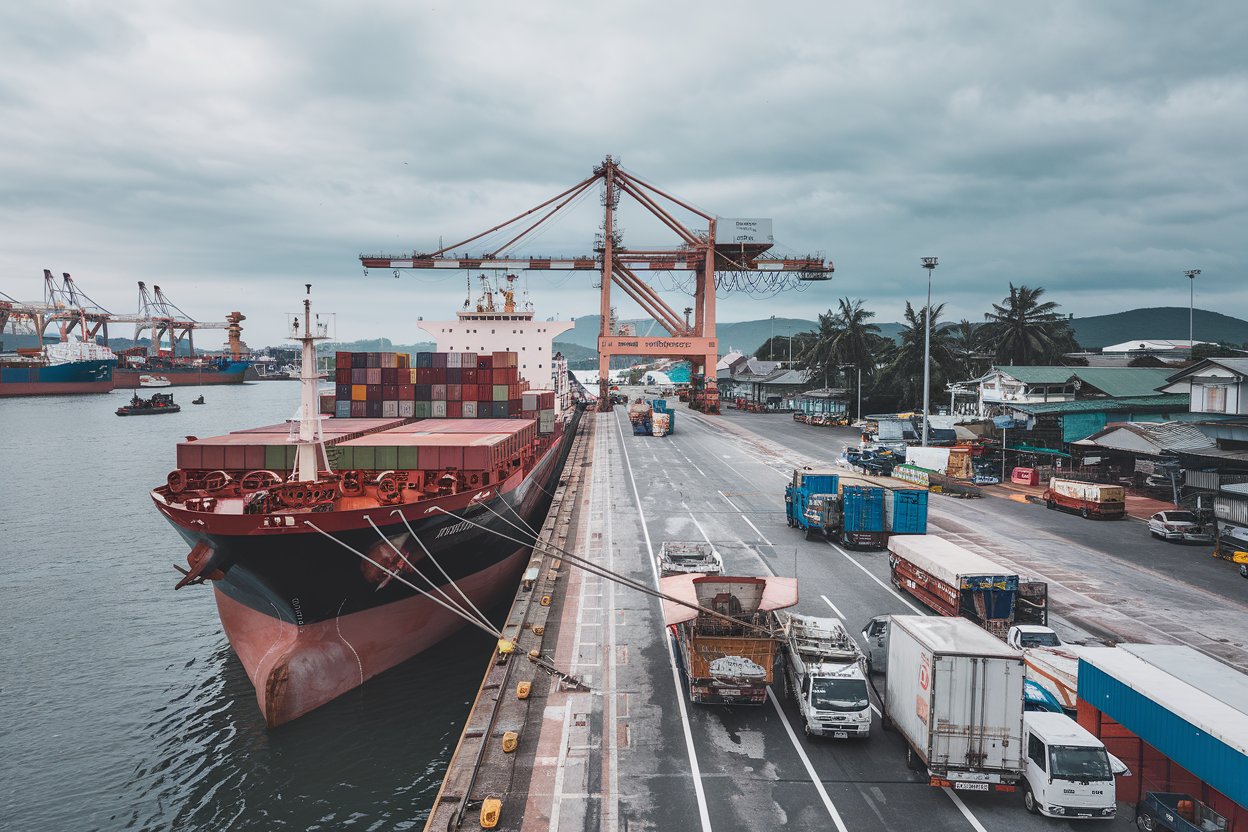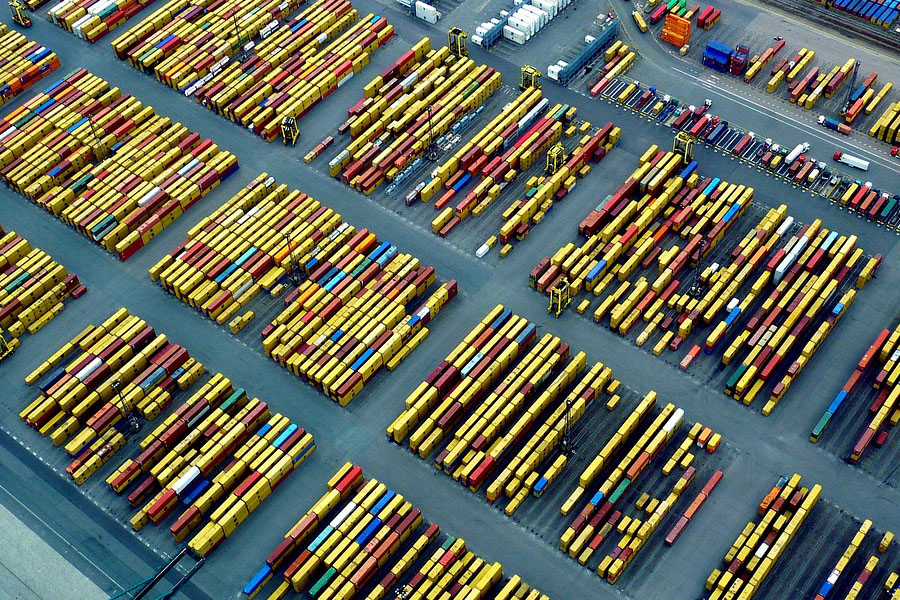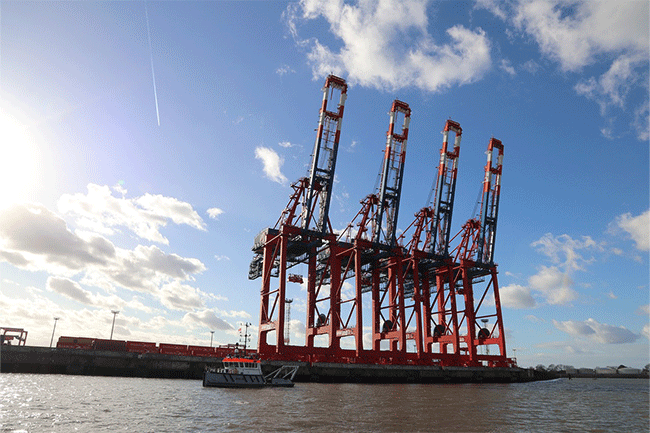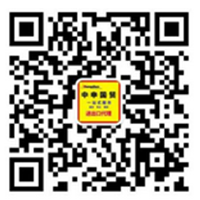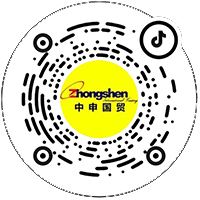- Shanghai ZhongShen International Trade Co., Ltd., with 20 years of experience in foreign trade import and export agency services.

Japanese coffeeImport Agent ServicesMarket Opportunities and Core Value
In recent years, China’s coffee market has kept expanding; 2023 customs figures show that imports of Japanese coffee (roasted beans, instant powder and RTD) rose 18 % year-on-year, and the demand for premium, differentiated products is driving niche Japanese roasters to enter the country faster. Against this backdrop, professional import-agency services have become the key for companies to cut costs and mitigate risks—by integrating documentation, logistics and compliance resources, agents can shorten customs-clearance cycles by 30-50 % and slash hidden costs caused by paperwork errors or shipping delays.
End-to-end document processing: the core expertise of import agency
Documentary compliance is the “l(fā)ifeline” of Japanese coffee imports; a single oversight in any link can trigger return shipment or sky-high demurrage. Professional agency services must keep the following documents under tight control:
- Basic commercial documents: Commercial Invoice (must indicate HS code, unit price, country of origin), Packing List (specifying specifications, gross/net weight, type of packaging), Bill of Lading (?Ocean shipping?Choose a clean bill of lading,?Air freight?Pay attention to the consistency between the master and house bills). The agent must verify that the documents align with the contract terms, e.g., the invoice amount and the L/C (?L/C?) are consistent to avoid bank refusal.
- Certificate of Origin and Compliance: Under the RCEP agreement, Japanese coffee may apply for FORM ECertificate of Origin(Preferential tariff rates can be as low as 0 %), the agent must assist the enterprise in applying to an METI-authorized body (e.g., JEC) and complete electronic filing before the goods arrive at the port; in addition, the “Sanitary Certificate” issued by Japan’s Ministry of Health, Labour and Welfare must be provided, certifying compliance with Japanese food-safety standards on food additives, pesticide residues, etc.
- Special Requirements Document: For organic coffee, a Japanese JAS organic certificate must be attached; for roasted beans, a compositional analysis report (including key indicators such as caffeine content and water activity) is required. The agency team must translate the documents and adjust their format (e.g., convert PDF to XML) to ensure compliance with China Customs’ “Single Window” declaration requirements.
Logistics Management: End-to-End Control from Japanese Ports to Chinese Warehouses
As a hygroscopic and temperature-sensitive food product, coffee’s logistics plan directly affects both quality and cost. A professional freight forwarder’s service must zero in on the following nodes:
- Selection of transportation methods: For small batches (≤200 kg), air freight is recommended (Tokyo/Osaka → Shanghai/Guangzhou, transit time 3–5 days); use temperature-controlled ULDs to maintain 15–25 °C. For large shipments (≥2,000 kg), sea freight is preferred: Kobe/Yokohama, Japan to Ningbo/Shanghai, China. When booking FCL, note “food-grade container” (request 72 h in advance with the carrier). For LCL, confirm with the forwarder that no odor-emitting cargo (e.g., chemicals) will be mixed.
- In-Transit Monitoring and Risk Response: The agent must activate a logistics-tracking system for the customer to obtain real-time vessel AIS data (e.g., Estimated Time of Arrival) and container temperature readings via IoT sensors. In the event of force majeure such as a typhoon, the agent must promptly negotiate with the carrier to reroute the port (e.g., from Shanghai to Xiamen) and simultaneously update the customs pre-declaration information.
- Destination port operation: Complete the “Single Window” pre-declaration 3 days before the cargo arrives at the port (submit the customs declaration and electronic supporting documents), and finish the exchange of documents within 24 hours after arrival (obtain the delivery order with a telex-release guarantee or the original B/L). The agent must confirm the HS code with the customs broker in advance (e.g., roasted coffee beans HS 09012200) and the tariff rates (MFN 8 %, 0 % under RCEP) to avoid supplementary taxation caused by incorrect classification.
Expansion of business with Russia: VTB?Foreign exchange settlement?Advantages and Cross-Border Payment Optimization
While sourcing Japanese coffee, some importers may also be involved in re-exporting to or directly selling in Russia.?Zhong Shen?In partnership with VTB Bank (Russiaforeign tradeThe strategic partnership with the bank) offers customers three major advantages in foreign-exchange settlement:
- Exchange Rate Lock - in: Through VTB’s cross-border RMB settlement channel, the JPY-CNY exchange rate can be locked in three months ahead of time (with a fluctuation range ≤ 0.5%), hedging against the cost risk posed by the recent yen depreciation.
- Fast crediting: Traditional correspondent-bank T/T takes 3–5 business days; VTB’s direct connection to CIPS (Cross-Border Interbank Payment System in RMB) lets funds arrive within one business day, shortening the capital tie-up cycle.
- Compliance guarantee: Against the backdrop of sanctions on Russia, VTB provides OFAC (Office of Foreign Assets Control of the U.S. Department of the Treasury) screening services to ensure that transactions do not involve sanctioned entities and to prevent cross-border payments from being frozen.
Certification Reminder: Key Steps That Customers Must Complete Independently
Special note: Our company does not directly provide product-certification services, but we can assist in reviewing the completeness of certification documents. To import Japanese coffee, the customer must complete the following certifications on their own:
- Registration of overseas production enterprises: Japanese coffee manufacturers must complete the FASFC (Registration of Overseas Food Manufacturers for Import) with the General Administration of Customs of China (GACC). They are required to submit the application form, factory floor plan, HACCP system certificate, and other documents six months before production begins (a third-party certification body may be entrusted to handle the process).
- Chinese label filing: Pre-packaged coffee must comply with GB 7718 (National Food Safety Standard – General Rules for the Labeling of Pre-packaged Foods). The label must state “Country of Origin: Japan,” “Name and Address of the Domestic Importer,” and other required information. The customer must complete the “Imported Food” process before the goods arrive at the port.CosmeticsSubmit sample sheets to the "Label Filing System".
- Entry-Exit Inspection and Quarantine: After the goods arrive at the port, customs will draw samples and send them to the laboratory for testing (covering microbiological, heavy-metal, and pesticide-residue items). The customer must cooperate by providing the required samples (usually 3–5 minimum sales units). Only after the test results are satisfactory will the “Inspection and Quarantine Certificate for Entry Goods” be issued, allowing the products to be placed on the market.
Risk Avoidance and Value-Added Services: End-to-End Protection from Customs Clearance to Delivery
The value of a professional agent lies not only in “completing the process,” but also in “controlling risk”:
- Quality Retrospective: After arrival, the agent will assist the customer in conducting a 10% random container inspection (focusing on damaged packaging, moisture, and missing labels). If any issues are found, the agent can negotiate with the Japanese supplier for return or a discount compensation (claims must be filed within 15 days after the bill of lading is issued).
- Cost Optimization Report: After the service ends, the agent will provide an Import Cost Analysis Report detailing the share of ocean/air freight, the amounts of duties and VAT, demurrage, and other hidden expenses, enabling the customer to optimize the next procurement batch (e.g., recommending consolidating two 200 kg air shipments into one 1,000 kg ocean shipment to cut total cost by 22 %).
- Policy Alert: The agency team tracks Sino-Japanese trade policies in real time (e.g., potential 2024 adjustments to food-additive standards) and exchange-rate fluctuations (the JPY/CNY central parity), pushes risk alerts to clients through monthly briefings, and adjusts procurement plans ahead of time.
Conclusion: Importing coffee into Japan is a dual test of technology and resources. Choosing an agent with document-processing, logistics-control, and compliance-alert capabilities can help companies seize the initiative in the fast-growing coffee market. From the containers at Kobe Port to the coffee cups of Chinese consumers, professional agency services remain the critical bridge that links quality with efficiency.
? 2025. All Rights Reserved.
